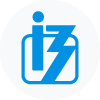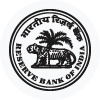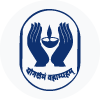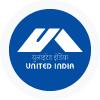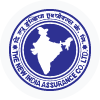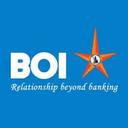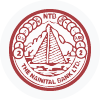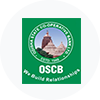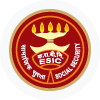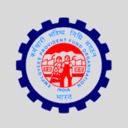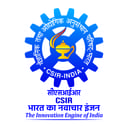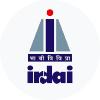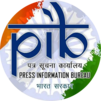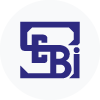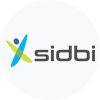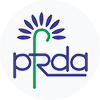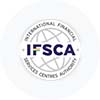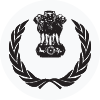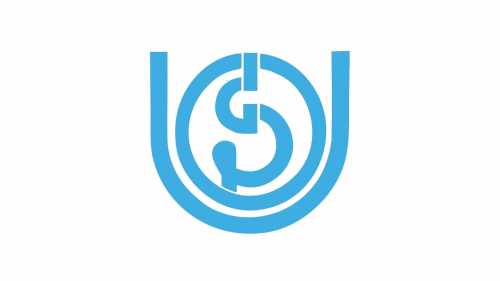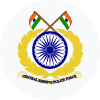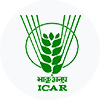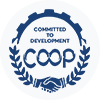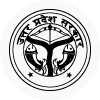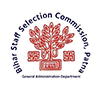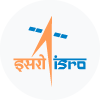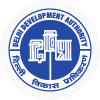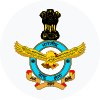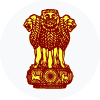| Sl. No. | Subject |
| 1 | Engineering Mechanics- Force (resolution of force, moment of force, force system, composition of forces), Equilibrium, Friction, Centroid and Center of gravity, Simple machines. |
| 2 | Building Construction- Building components (substructure, superstructure), type of structure (load bearing, framed and composite structures). |
| 3 | Building materials- Masonry materials (stones, bricks, and mortars), Timber and miscellaneous materials (glass, plastic, fiber, aluminum steel, galvanized iron, bitumen, PVC, CPVC, and PPF). |
| 4 | Construction of substructure- job layout, earthwork, foundation (types, dewatering, coffer dams, bearing capacity). |
| 5 | Construction of superstructure- stone masonry, brick masonry, Hollow concrete block masonry, composite masonry, cavity wall, doors and windows, vertical communication (stairs, lifts, escalators), scaffolding and shoring. |
6 | Building finishes- Floors (finishes, process of laying), walls (plastering, pointing, painting) and roofs (roofing materials including RCC). |
| 7 | Building maintenance- Cracks (causes, type, repairs- grouting, guniting, epoxy etc.), settlement (causes and remedial measures), and re-baring techniques. |
8 | Building drawing- Conventions (type of lines, symbols), planning of building (principles of planning for residential and public buildings, rules and byelaws), drawings (plan, elevation, section, site plan, location plan, foundation plan, working drawing), perspective drawing. |
9 | Concrete Technology- Properties of various types/grades of cement, properties of coarse and fine aggregates, properties of concrete (water cement ratio, properties of fresh and hardened concrete), Concrete mix design, testing of concrete, quality control of concrete (batching, formwork, transportation, placing, compaction, curing, waterproofing), extreme weather concreting and chemical admixtures, properties of special concrete (ready mix, RCC, pre-stressed, fiber reinforced, precast, high performance). |
10 | Surveying- Types of survey, chain and cross staff survey (principle, ranging, triangulation, chaining, errors, finding area), compass survey (principle, bearing of line, prismatic compass, traversing, local attraction, calculation of bearings, angles and local attraction) leveling (dumpy level, recording in level book, temporary adjustment, methods of reduction of levels, classification of leveling, tilting level, auto level, sources of errors, precautions and difficulties in leveling), contouring (contour interval, characteristics, method of locating, interpolation, establishing grade contours, uses of contour maps), area and volume measurements, plane table survey (principles, setting, method), theodolite survey (components, adjustments, measurements, traversing), Tacheometric survey, curves (types, setting out), advanced survey equipment, aerial survey and remote sensing. |
| 11 | Computer Aided Design- CAD Software (AutoCAD, Auto Civil, 3D Max etc.), CAD commands, generation of plan, elevation, section, site plan, area statement, 3D view. |
12 | Geo Technical Engineering- Application of Geo Technical Engineering in design of foundation, pavement, earth retaining structures, earthen dams etc., physical properties of soil, permeability of soil and seepage analysis, shear strength of soil, bearing capacity of soil, compaction and stabilization of soil, site investigation and sub soil exploration. |
| 13 | Hydraulics- properties of fluid, hydrostatic pressure, measurement of liquid pressure in pipes, fundamentals of fluid flow, flow of liquid through pipes, flow through open channel, flow measuring devices, hydraulic machines. |
| 14 | Irrigation Engineering- Hydrology, investigation and reservoir planning, percolation tanks, diversion head works. |
| 15 | Mechanics of Structures- Stress and strain, shear force and bending moment, moment of inertia, stresses in beams, analysis of trusses, strain energy. |
| 16 | Theory of structures- Direct and bending stresses, slope and deflection, fixed beam, continuous beam, moment distribution method, columns. |
17 | Design of Concrete Structures- Working Stress method, Limit State method, analysis and design of singly reinforced and doubly reinforced sections, shear, bond and development length, analysis and design of T Beam, slab, axially loaded column and footings. |
| 18 | Design of Steel Structures- Types of sections, grades of steel, strength characteristics, IS Code, Connections, Design of tension and compression members, steel roof truss, beams, column bases. |
19 | Transportation Engineering- Railway Engineering (alignment and gauges, permanent way, railway track geometrics, branching of tracks, stations and yards, track maintenance), Bridge engineering (site selection, investigation, component parts of bridge, permanent and temporary bridges, inspection and maintenance), Tunnel engineering (classification, shape and sizes, tunnel investigation and surveying, method of tunneling in various strata, precautions, equipment, explosives, lining and ventilation). |
| 20 | Highway Engineering- Road Engineering, investigation for road project, geometric design of highways, construction of road pavements and materials, traffic engineering, hill roads, drainage of roads, maintenance and repair of roads. |
| 21 | Environmental Engineering- Environmental pollution and control, public water supply, domestic sewage, solid waste management, environmental sanitation, and plumbing. |
 Mock Tests
Mock Tests Category
Category














